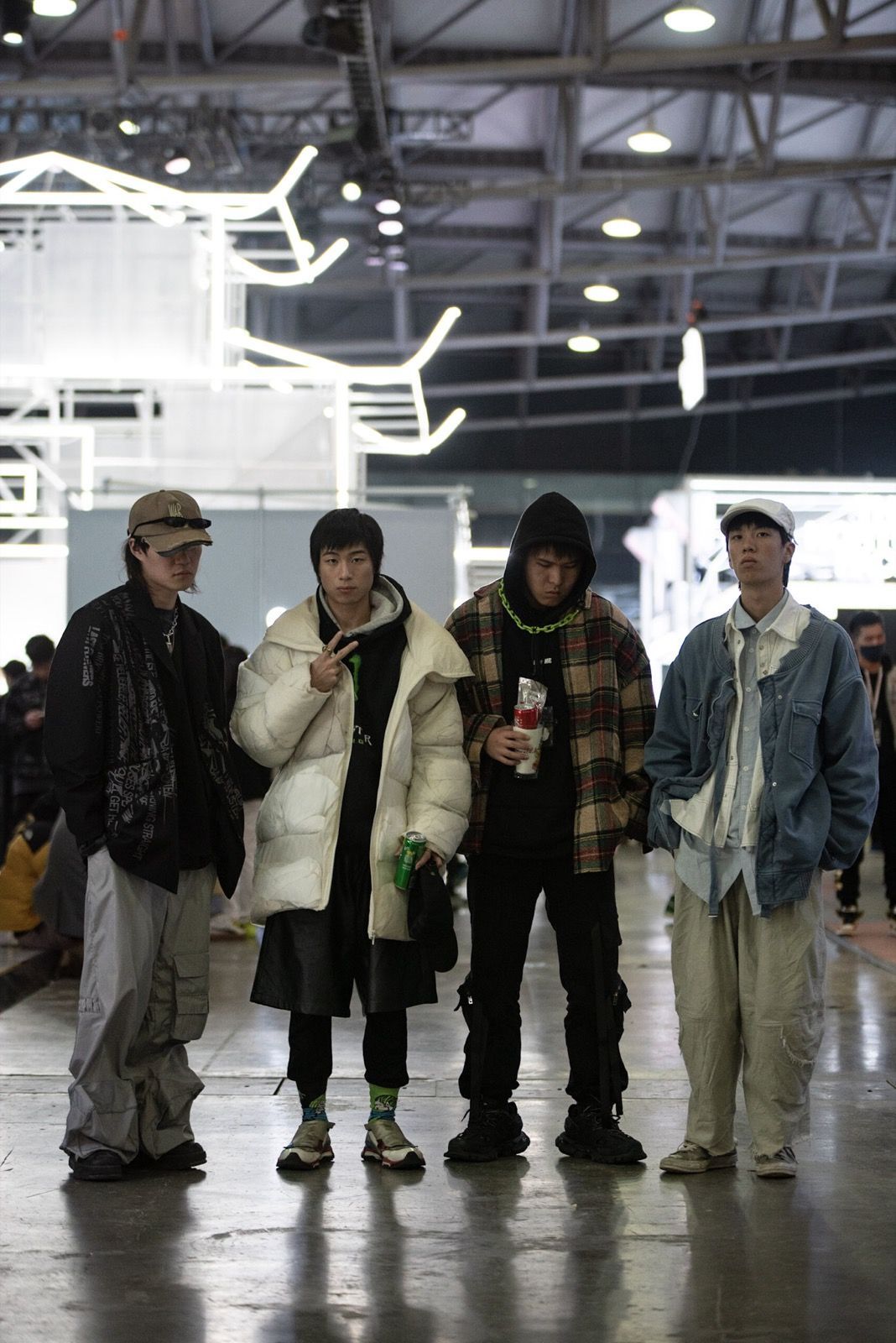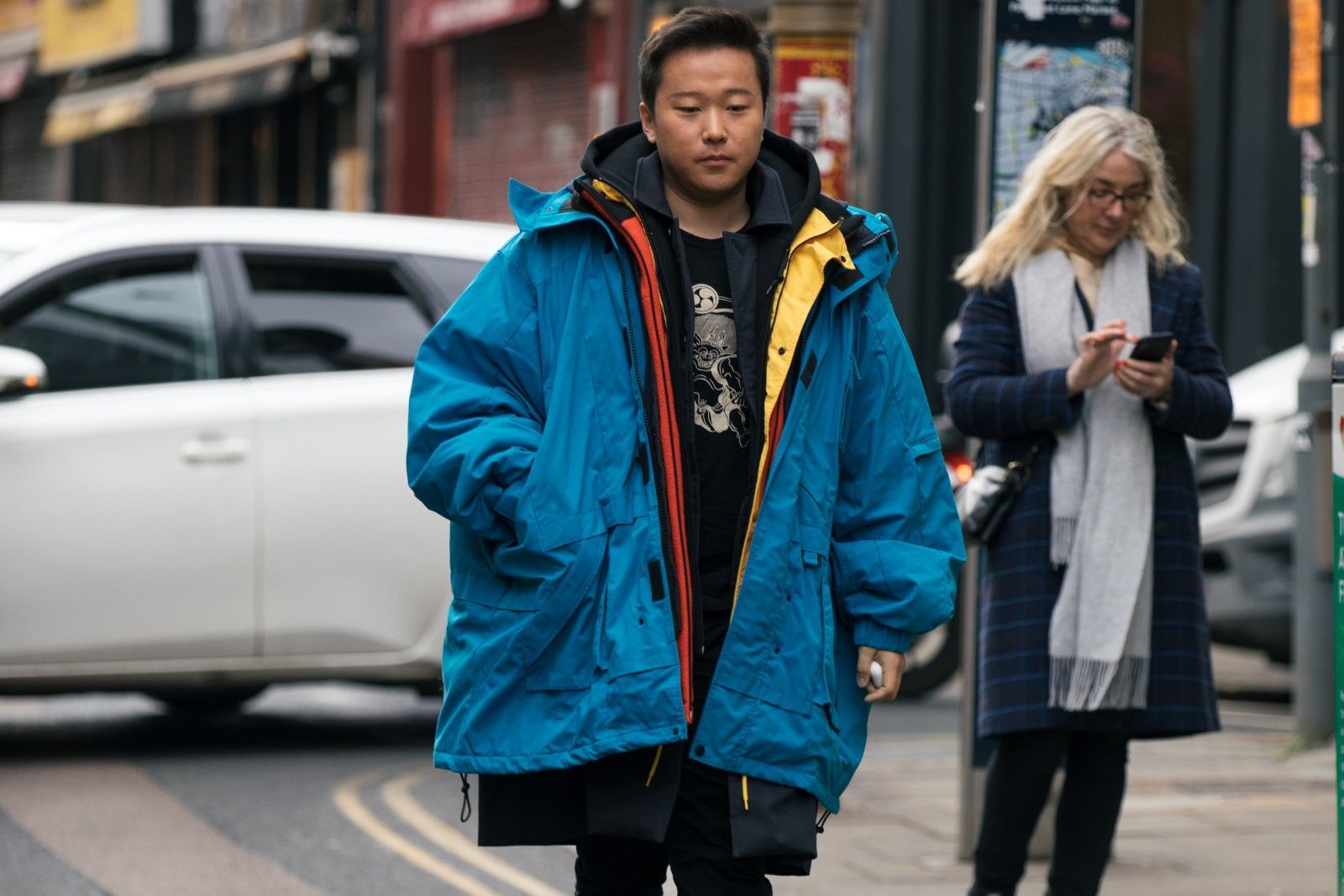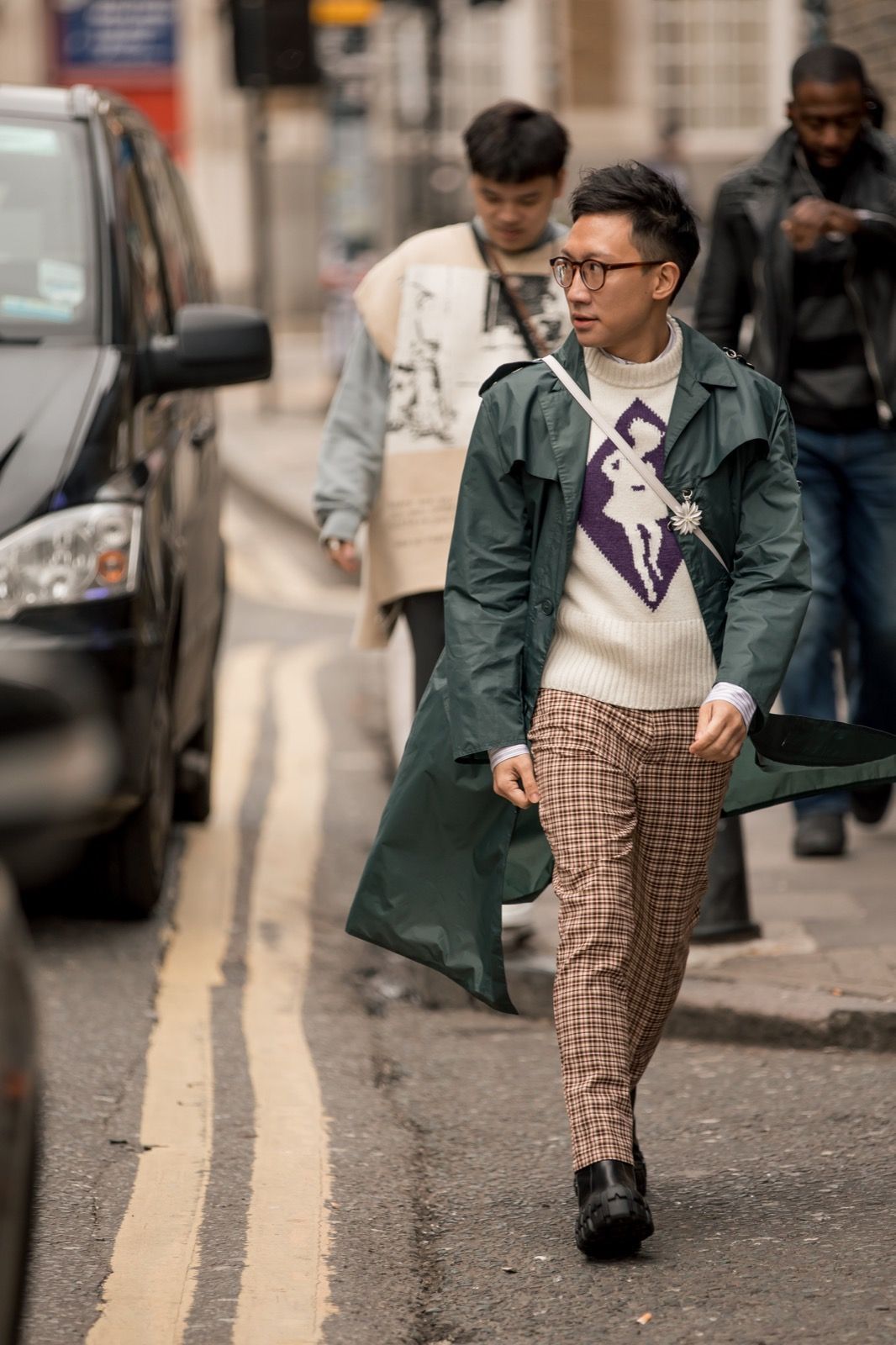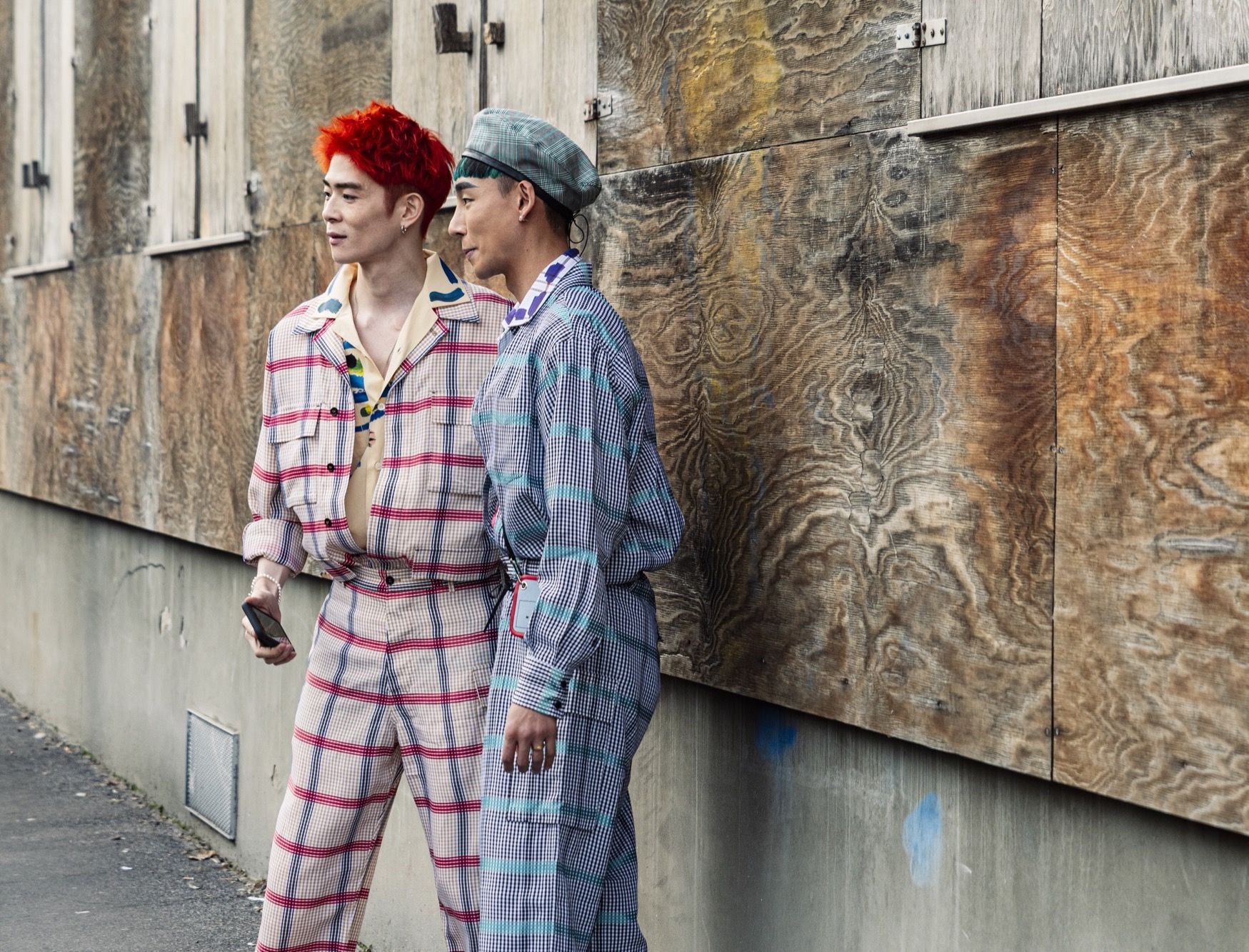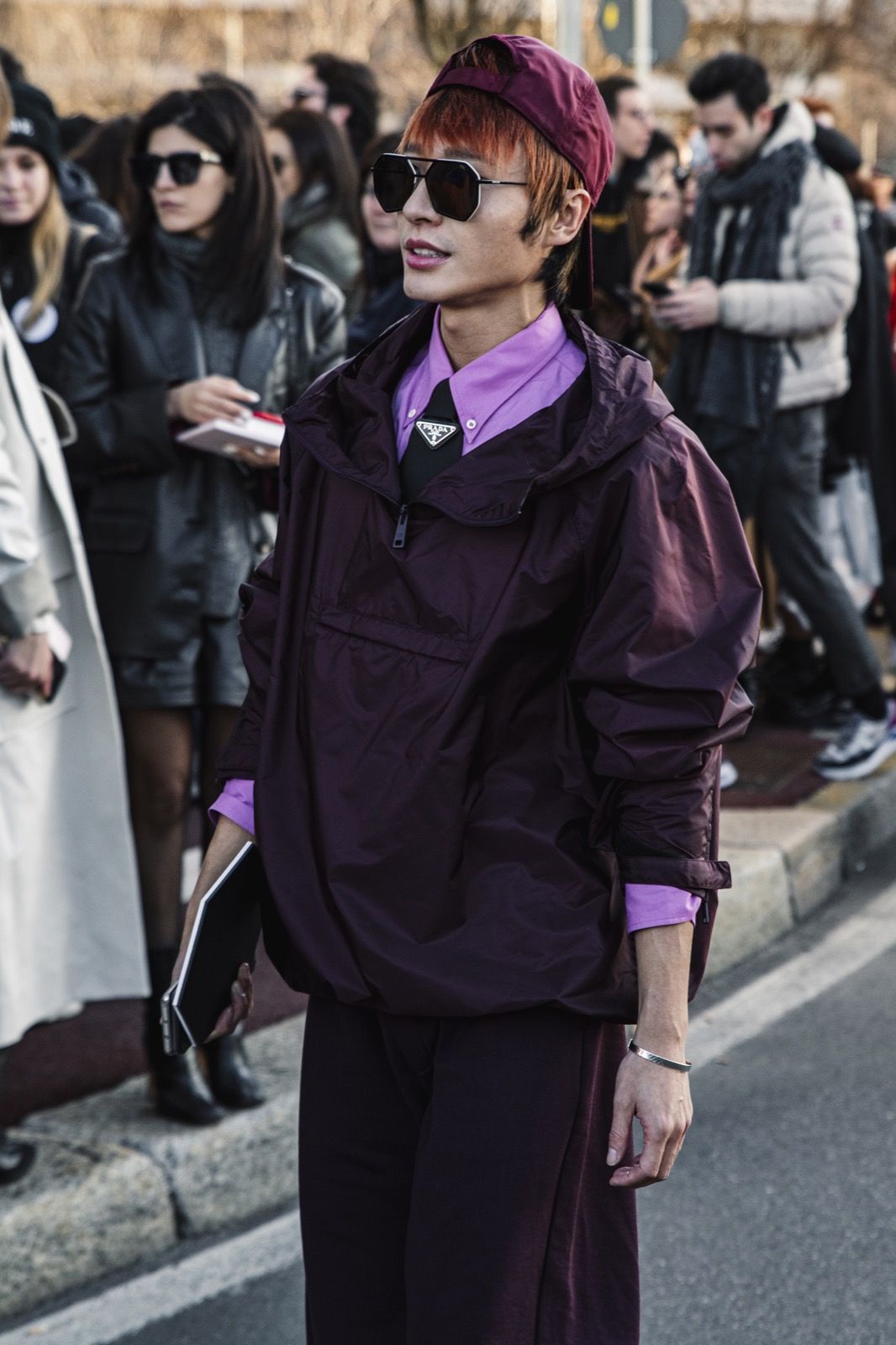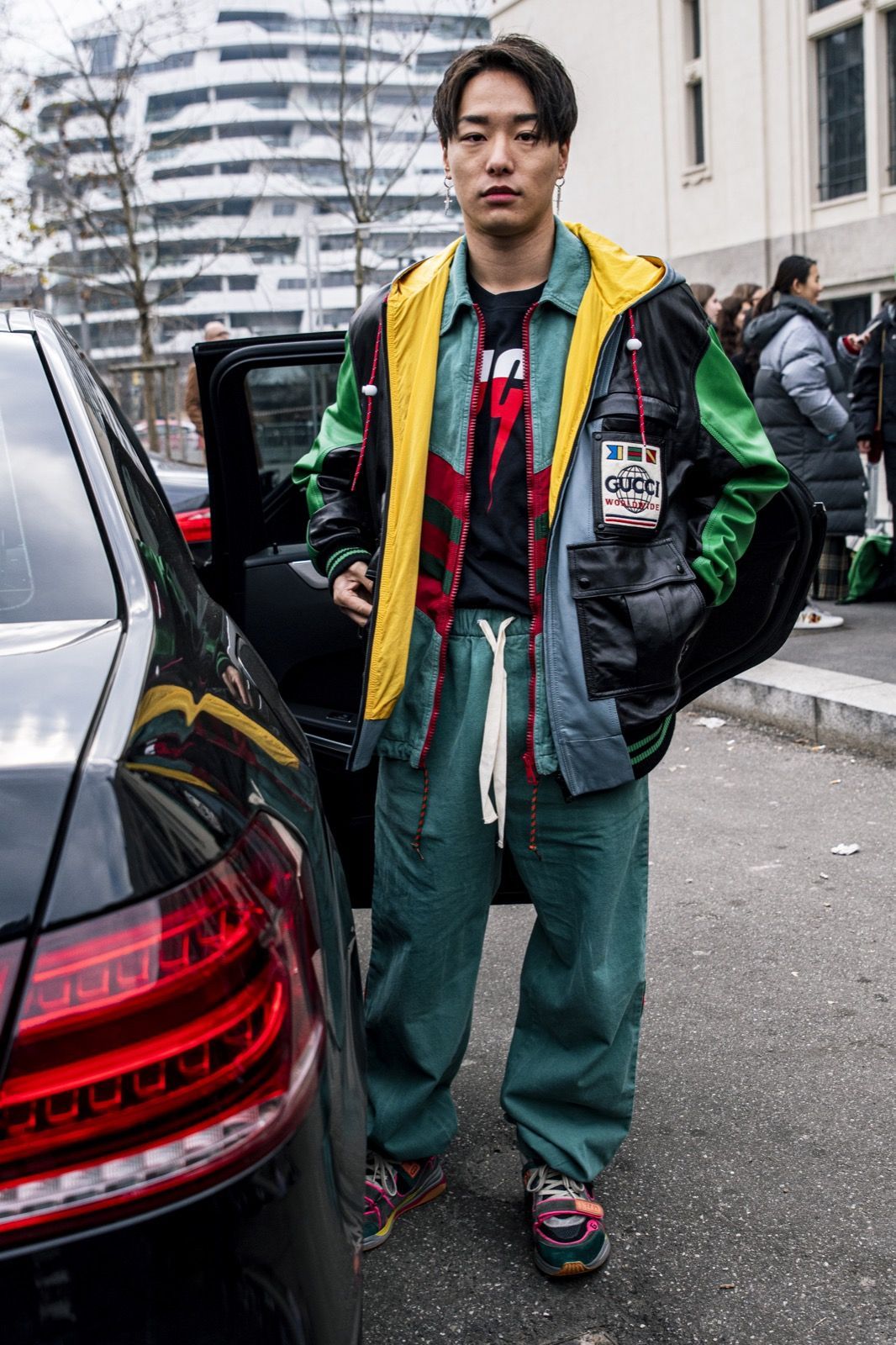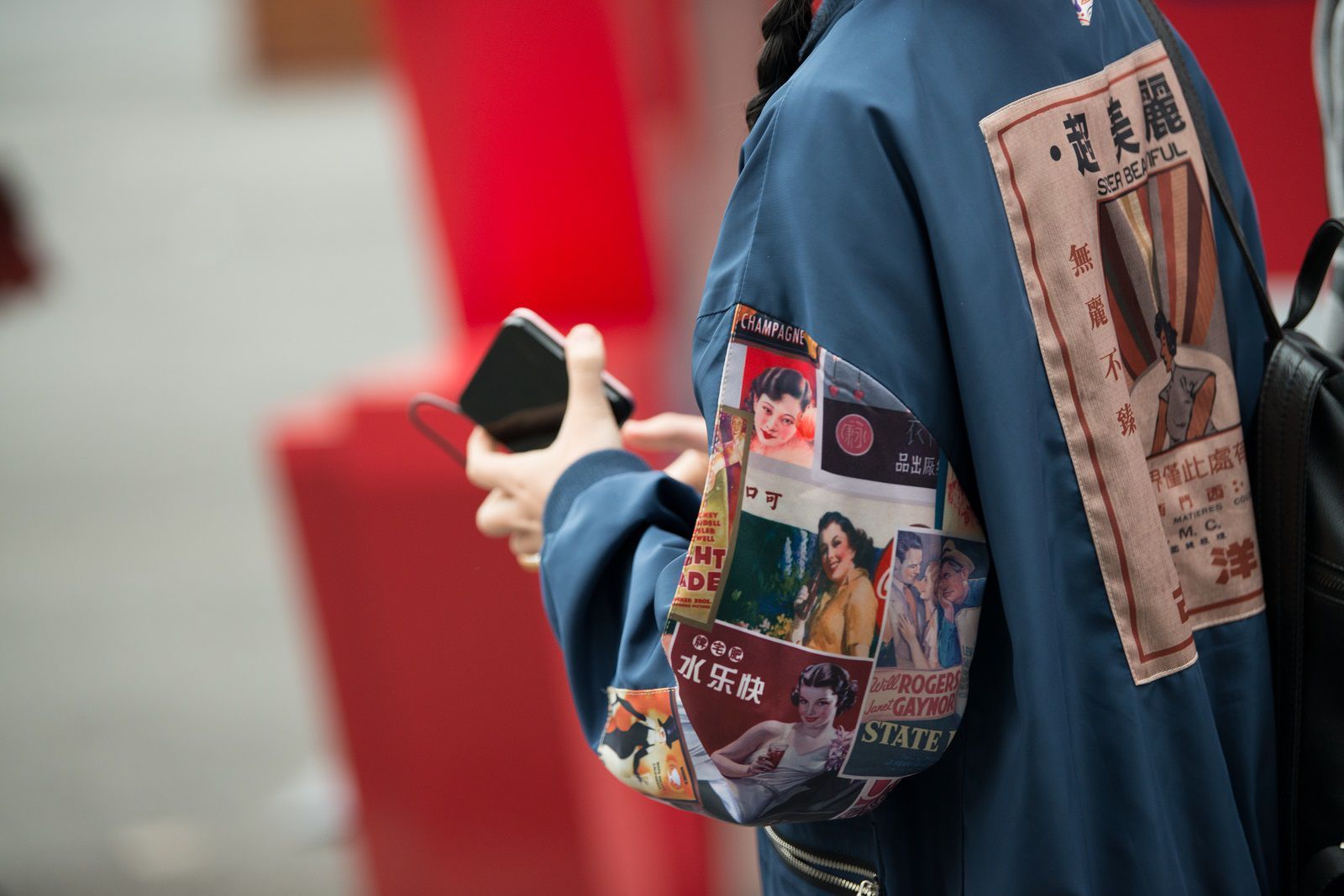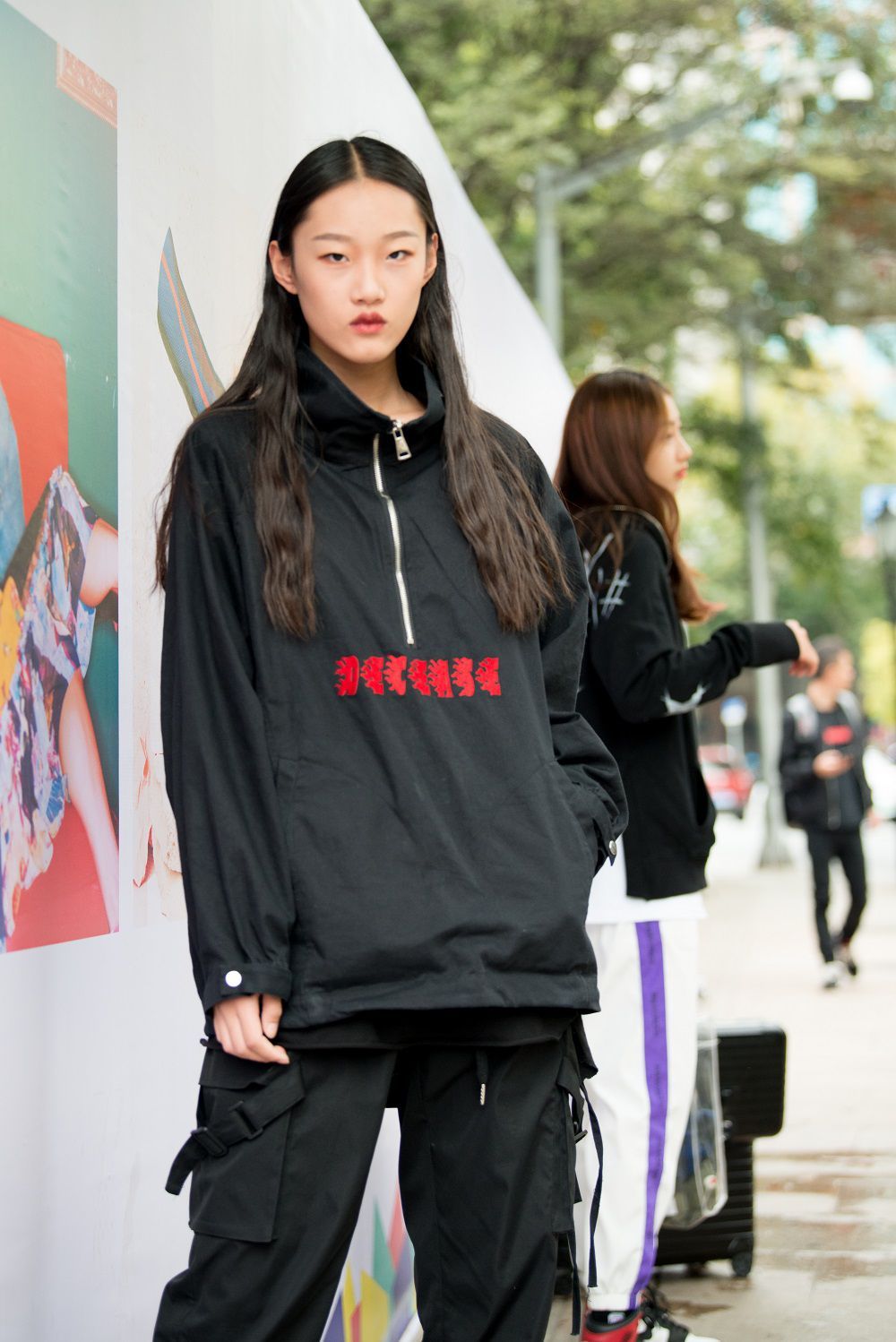
After the pandemic, luxury market will increasingly depend on China In 2025, Chinese customers will account for up to 49% of the world's luxury market
It is now clear that 2020 can be considered an annus horribilis for the world of luxury. Between the cancellation of physical fashion weeks, the closure of retail and the huge delays accumulated in the schedule of the production chain, the luxury market will face a long phase of recovery – a phase in which the Chinese market will be even more fundamental than before. One of the effects that the crisis from Covid-19 had, especially in its initial moments, was to emphasize how important the volume of consumption and production from China was to the fashion industry that, immediately after Wuhan's initial lockdown, had faced the first series of losses: the market shutdown in Asia, followed in the early months of the year to that in the West, caused a 25% loss in industry profits in the first quarter. At the same time, however, China will also be the main economic rebound base for fashion. A report by Bain & Company and Altagamma says that:
Luxury shopping is likely to restart first in China if the virus remains under control there; continued restrictions on travel will mean that many purchases that would have been made abroad will happen in China.
The same report shows that Western countries, hit hardest by the pandemic, will have a slower recovery and China's rapid economic recovery will further mark the disparity between East and West. According to the same report mentioned above, by 2025 the luxury market will reach a volume of EUR 320-330 billion – and the result will be largely due to the purchasing power of Chinese customers. While China alone accounts for 35% of sales for the luxury market, in five years' time it will occupy half of it, with percentages ranging from 47% to 49%, but focusing more on domestic consumption. The rest of Asia will also follow this trend with Japan leading the way and intra-regional tourism, which should develop at the expense of the inter-continental one, made risky, if not prohibited at all, by the pandemic.
Until now, a considerable part of the sales in the field of luxury fashion was still in the West, both fuelled by the significant tourist flows and the change of currency that made it more advantageous for Asian tourists to buy in Europe. But the recent cut in duties on European goods, the reduction of roles such as the daigou – sort of intermediaries for Chinese buyers – and the lowering of the prices of brands such as Louis Vuitton, Gucci, Hermès and Burberry have boosted domestic spending. For this reason, the projections of the report of Bain and Altagamma show that, if in 2019 only 11% of luxury spending took place on the Chinese territory, in 2025 the figure will rise to 28%.
In this sense, the current crisis in Covid-19 is likely to act as an accelerating factor for the development of market trends which, without a pandemic, would have evolved much more slowly. The projections illustrated by recent reports speak of a world in which the economic axes of luxury will move to the East. Other changes planned for the future include a more widespread integration of phygital that will lead to the birth of a new omnichannel system; a drastic downsizing of both the role of the physical store, the distribution network and the role of shopping malls, as well as new importance attributed to the concept of sustainability.











































